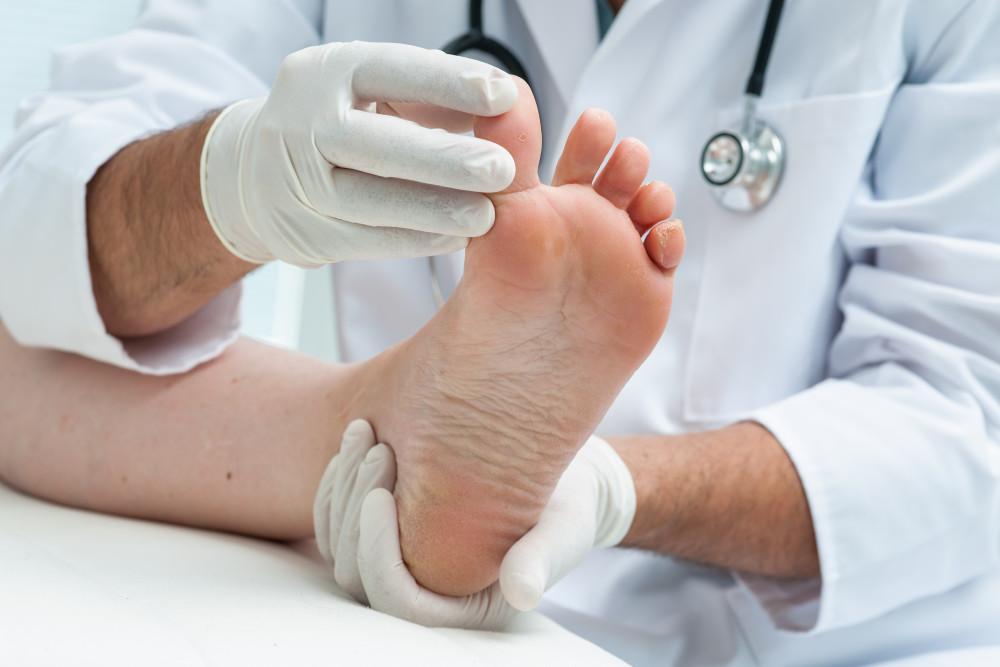
Steps for Preventing Toenail Loss

If you’re an avid runner or hiker, chances are your feet show it. Blisters, calluses and even blackened toenails that fall off are all common ailments. But most of the time, losing a toenail can be prevented with proper care and footwear.
The two primary causes of toenail loss, medically called “onychoptosis” (that’s Greek for “falling nail,” are fungus and trauma. In preparation for the upcoming flip flop season, the podiatrists at Central Massachusetts Podiatry offer the following tips for preventing both:
Avoid toe trauma
Stubbing your toe on a baseboard while blindly walking to the bathroom in the middle of the night may be part of life. But, the pounding your toes take while running or hiking can be largely prevented. Continual bumping of your toe forward against the inside of your shoes or boots is what leads to a blackened toenail. To avoid this:
- Make sure your running shoes or hiking boots fit properly. They should have one thumbnail's length from the tip of your longest toe (which for many is the second toe) to the end of the shoe. This may mean that your running shoes and hiking boots need to be a full size or larger than your everyday shoes. Also, most people have one foot longer than the other; make sure to fit the larger one.
- Clip toenails straight across, but not too short to avoid ingrown toenails.
- Keep those callous. Runners and hikers build up callouses which help to prevent blisters.
- Wear socks of appropriate thickness to reduce foot slippage.
Fending off fungus
To prevent foot fungus that can lead to losing a toenail, practice this tips:
- Don’t wear dirty socks and shoes
- Don't walk barefoot in moist or damp places where fungus live. This includes public restrooms, locker rooms, pool areas, and steam rooms.
- Give your toenails an occasional break from nail polish. Polish prevents your nails from getting oxygen.
- Wash your feet regular and always dry them with a clean towel after showering or bathing.
- Discard old shoes that may be housing fungi.
- Disinfect the inside of your shoes with antifungal spray or powder.
- Select a nail salon that practices good hygiene. Make sure personnel sterilize their instruments, or bring your own and disinfect them yourself.
- Never rip or tear at a nail that’s partially torn.
- Visit Central Massachusetts Podiatry immediately if you experience the first signs of a toenail falling off. This includes discoloration (yellow, white, black or bluish-black), thickening or loosening of the nail, crumbling, splitting, or pain.
Should your nail fall off on its own, or require removal due to trauma or fungus, with proper care at our office, in most cases, it will grow back within three to six months.
You Might Also Enjoy...


Improve performance and prevent injuries with Chi Walking and Chi Running

Money saving tips for buying single or different sized shoes

Dr. Feldman's best advice for Marathon Day

Webinar Series

